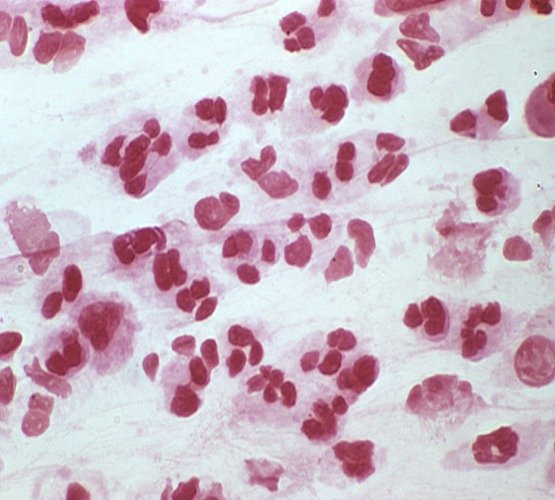Product photo

Product details
Name: Trichophyton verrucosum High osmolarity signaling protein SHO1 (SHO1)-E. coli
Size: 1000ug
Catalog no.: GEN1206113.E.coli
Order on Gentaur.comGene name
N/A
Expression system
E. coli
Available also expressed in:
E Coli ; Yeast
Other gene names
TRV_04002; SHO1;
Product category
Recombinant Proteins
Purity
Greater than 90% (determined by SDS-PAGE)
Long name
Recombinant Trichophyton verrucosum High osmolarity signaling protein SHO1 (SHO1)
Applications
This protein can be used as a positive control for applications such as ELISA, IFA, RIA, Western Blot, etc.
Alternative names
hypothetical protein TRV_04002; High osmolarity signaling protein SHO1; hypothetical protein; Osmosensor SHO1
Form
This item requires custom production and lead time is between 5-9 weeks. We can custom produce according to your specifications.
Storage
This protein can be stored at -20 degrees Celsius. For extended periods of time it is recommended to keep the protein frozen at -40 or -80 degrees Celsius. Avoid cycles of freezing and thawing as they might denaturate the polypeptide chains.
General description
High osmolarity signaling protein SHO1 (SHO1) is a recombinant protein expressed in E. coli. The protein can be with or without a His-Tag or other tag in accordance to customer's request. All of our recombinant proteins are manufactured in strictly controlled facilities and by using a well established technology which guarantees full batch-to-bact consistency and experiment reproducibility.
Description
Cell nucleus signaling proteins and molecules are part of a complex system of communication that governs basic cellular activities and coordinates cell actions. The ability of cells to perceive and correctly respond to their microenvironment is the basis of development, tissue repair, and immunity as well as normal tissue homeostasis. Errors in cellular information processing are responsible for diseases such as cancer, autoimmunity, and diabetes. By understanding cell signaling, diseases may be treated effectively and, theoretically, artificial tissues may be created.
